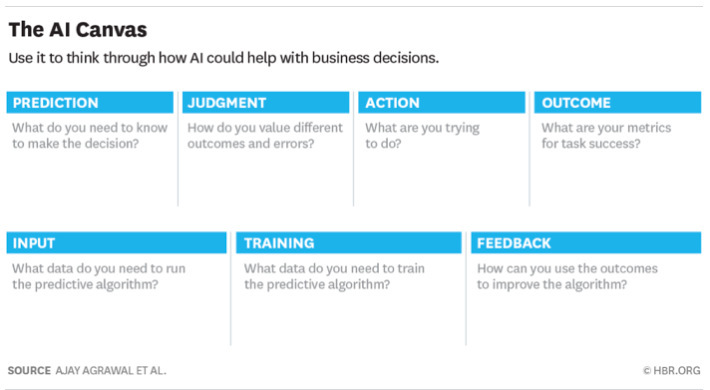Posts
The Business Case For Using AI Now? Two Words – Better Predictions

A key function of business planning – both at the strategic and tactical levels – is making predictions.
What will the effect of sales be if I reduce advertising spends this quarter?
What will happen if I don’t upgrade my factory today and the market leader does?
Most businesses and decision makers follow some combination of two processes: a) explicit – explicating a model of the process and plugging in the various dependent variables to predict the independent variable and b) implicit – a heuristic that is internal to decision-makers based on their previous experiences and proclivities ( a process otherwise called “taking a gut-level decision).
In other words a mix of what the Nobel Prize winning Daniel Kahneman called Thinking Slow and Thinking Fast. Thinking Slow being probability-driven and causality assuming model-making and Thinking Fast being a version of experience and bias driven intuiting.
Though the term Artificial Intelligence seems to imply a set-up that mimics how humans think and predict, it is in fact a process most useful when it departs, in an essential way, from the normal modes of information processing by humans.
For example in the early days the domain of Natural Language Processing (the discipline that uses machine to decipher and parse human spoken and written communication) tried used modelling techniques that were based on the rule-based Chomyskian theory of linguistics. That pursuit more or less failed in producing NLP systems that were of much practical use. Progress happened when NLP experts shifted to working on large troves of written and spoken word datasets (Big Data?) using part-of-speech tagging to activate implicit, hidden Markov models cycling through training sets (Artificial Neural Networks?). Leading to ever more reliable “predictions” in the arena of context, meaning and translations.
With the increasing ubiquity of cost-effective computing power and Big Data (powered by digitisation and ubiquitous sensors) businesses across the world have started finding immediate and practical use for AI for predictions that improve business processes and outcomes.
Ajay Agrawal. Joshua Gans and Avi Goldfarb in their book “Prediction Machines: The Simple Economics of Artificial Intelligence” present simple frameworks for businesses across domains to take cost-benefit decisions on the use of AI for predictions.

In conclusion as some futurists concentrate their energies in predicting the arrival of the singularity when AI surpasses human intelligence, in the here and now, AI is most useful when trained by human intelligence to bypass the trodden pathways of human modes of information processing.
Ashoke Agarrwal
Leave a Reply